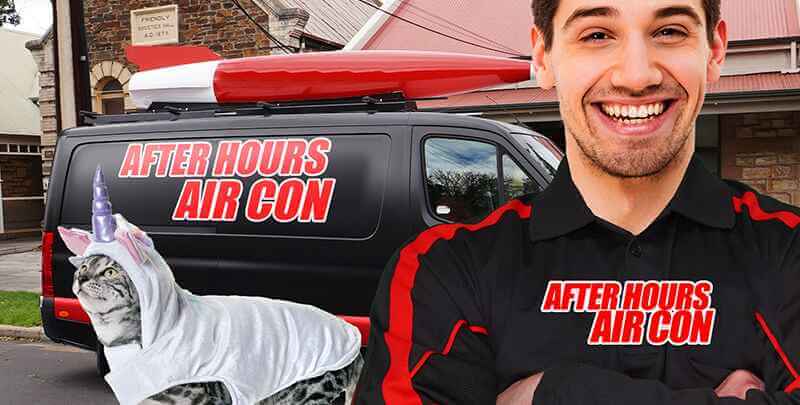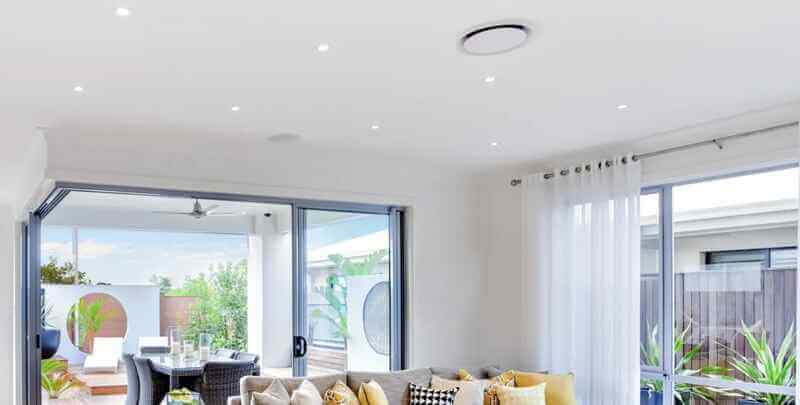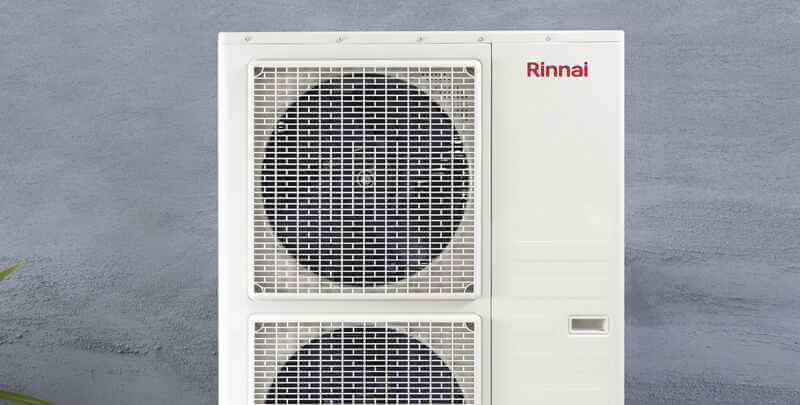How Does Reverse Cycle Ducted Aircon Work?

In modern climate control, the reverse cycle air conditioner stands as a technological marvel, providing unparalleled comfort and efficiency in heating and cooling.
You’ve come to the right place if you’re curious about how this remarkable system operates. Find out the inner workings of reverse-cycle ducted air conditioning and shed light on its components, mechanisms, and benefits.
Understanding the Basics
At its core, a reverse cycle system is an air conditioning unit that offers cooling and heating capabilities. It operates on a simple yet ingenious principle – reversing the refrigerant gas flow.
This reversal enables the system to extract heat from the outside air during winter and expel it indoors for heating. In summer, it does the opposite, removing heat from the indoor space and releasing it outdoors for cooling.
The Key Components
To comprehend the functionality of reverse cycle air conditioners, it’s essential to familiarise yourself with its primary components:
- Indoor unit: This unit is typically installed within the ceiling or under the floor of your home. It contains an evaporator coil and a fan to distribute conditioned air throughout the house.
- Outdoor unit: Located outside the building, this unit houses the condenser coil, a compressor, and a fan. It plays a crucial role in transferring heat between indoor and outdoor environments.
- Refrigerant gas: The system relies on a special refrigerant gas that changes its state from liquid to gas. This phase change facilitates the transfer of heat.
- Ductwork: Ducts run through the walls, ceilings, or floors of your home, allowing conditioned air to reach different rooms.
The Heating Process
Absorbing and Releasing Heat
In heating mode, ducted reverse cycle air conditioning works as follows:
- The outdoor unit absorbs heat from the outdoor air, even in chilly conditions.
- The refrigerant gas inside the outdoor unit extracts heat energy from the outside air.
- The compressor compresses the gas, raising its temperature significantly.
- The hot gas is then pumped indoors to the indoor unit.
- Inside, the fan blows air over the evaporator coil, filled with hot refrigerant gas.
- As the air passes over the coil, it warms up, creating a comfortable indoor temperature.
- The now-cooled refrigerant gas returns to the outdoor unit to repeat the cycle.
The Cooling Process
Removing Heat for Cool Comfort
Conversely, during cooling mode, the ducted air conditioning system operates as follows:
- The indoor unit draws warm air inside the building through the return air duct.
- The warm air passes over the evaporator coil, where the refrigerant gas absorbs the heat.
- As the heat is absorbed, the air cools down and is distributed back into the rooms through the supply air ducts.
- The absorbed heat is transported to the outdoor unit by the refrigerant gas.
- In the outdoor unit, the heat is released into the external environment.
- The refrigerant gas, now cooled, returns to the indoor unit to repeat the cooling cycle.
Advantages of Ducted Reverse Cycle Systems
Energy Efficiency
One of the standout features of ducted reverse-cycle air conditioning systems is their energy efficiency. Harnessing the heat in the outdoor air requires significantly less energy to produce warmth indoors during the winter months. In summer, it efficiently removes heat from the interior, keeping your home cool without straining your electricity bills.
Zone Control
Another noteworthy benefit is the ability to independently control the temperature in different zones or rooms of your home. A ducted reverse cycle system can create customised comfort zones, ensuring that every corner of your living space is optimally conditioned.
Year-Round Comfort
Utilising reverse-cycle ducted air conditioning provides year-round comfort, eliminating the need for separate heating and cooling systems. This convenience not only saves space but also reduces installation and maintenance costs.
Reduced Environmental Impact
As a more energy-efficient option, reverse cycle ducted aircon helps reduce your carbon footprint. Consuming less electricity and using a non-depleting refrigerant is a sustainable choice for environmentally conscious homeowners.
Ready to Embrace Year-Round Comfort?
Now that you’ve uncovered the inner workings of reverse-cycle ducted air conditioning, it’s time to take the next step towards ultimate comfort. At After Hours Air Conditioning, we’re your trusted specialist in town, from a heat pump to ducted system services, ensuring your home is a haven of relaxation no matter the season.
Don’t let the refrigeration cycle mystify you – let us handle it while you enjoy the perfect indoor climate. Get in touch with us today and experience the difference for yourself. With the right air conditioner, say goodbye to temperature woes and hello to a cosy, comfortable home.
Please note: This information is provided for advice purposes only. Regulations differ from state to state, so please consult your local authorities or an industry professional before proceeding with any work. See After Hours Air Conditioning’s Terms & Conditions here.


